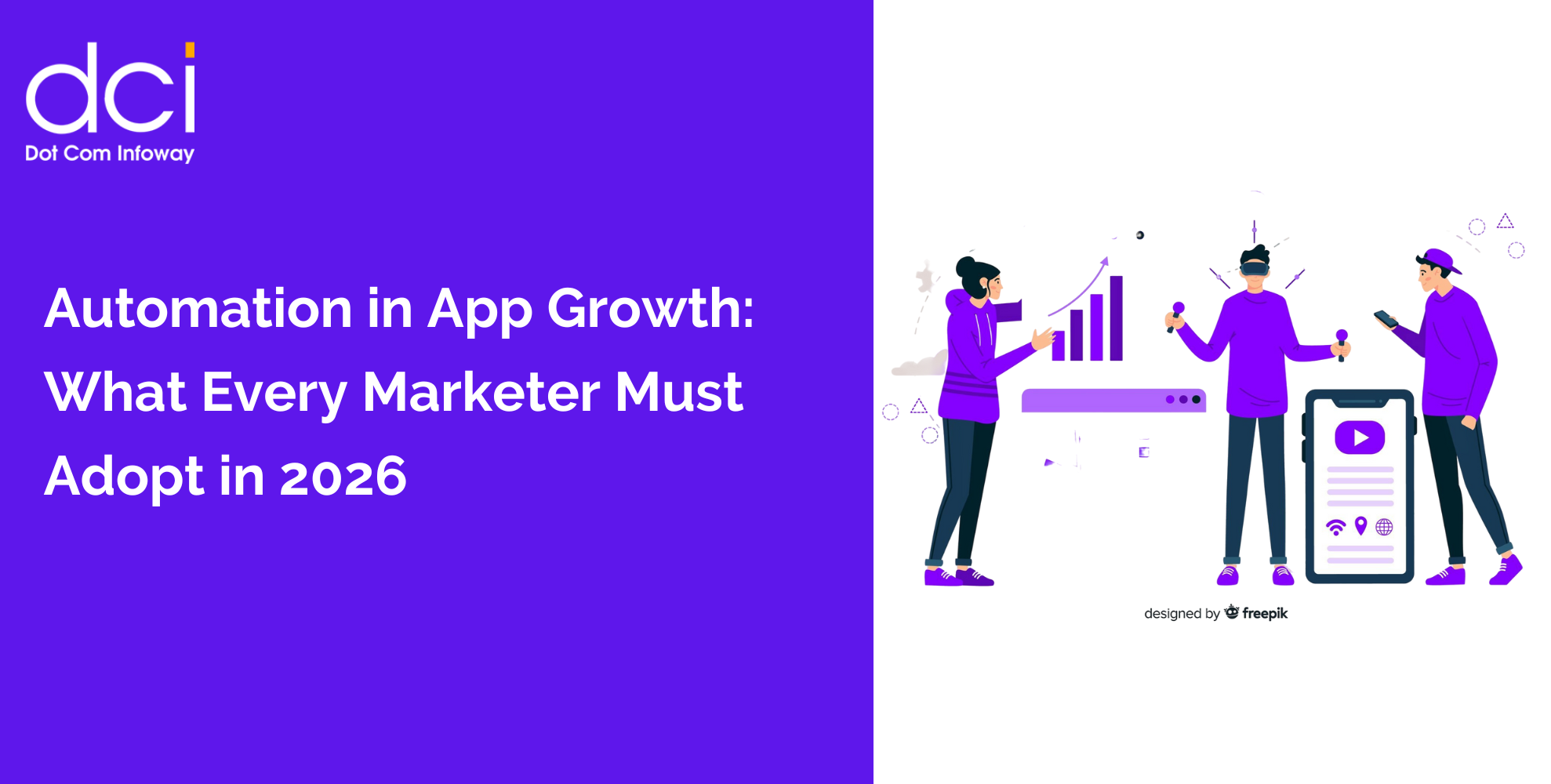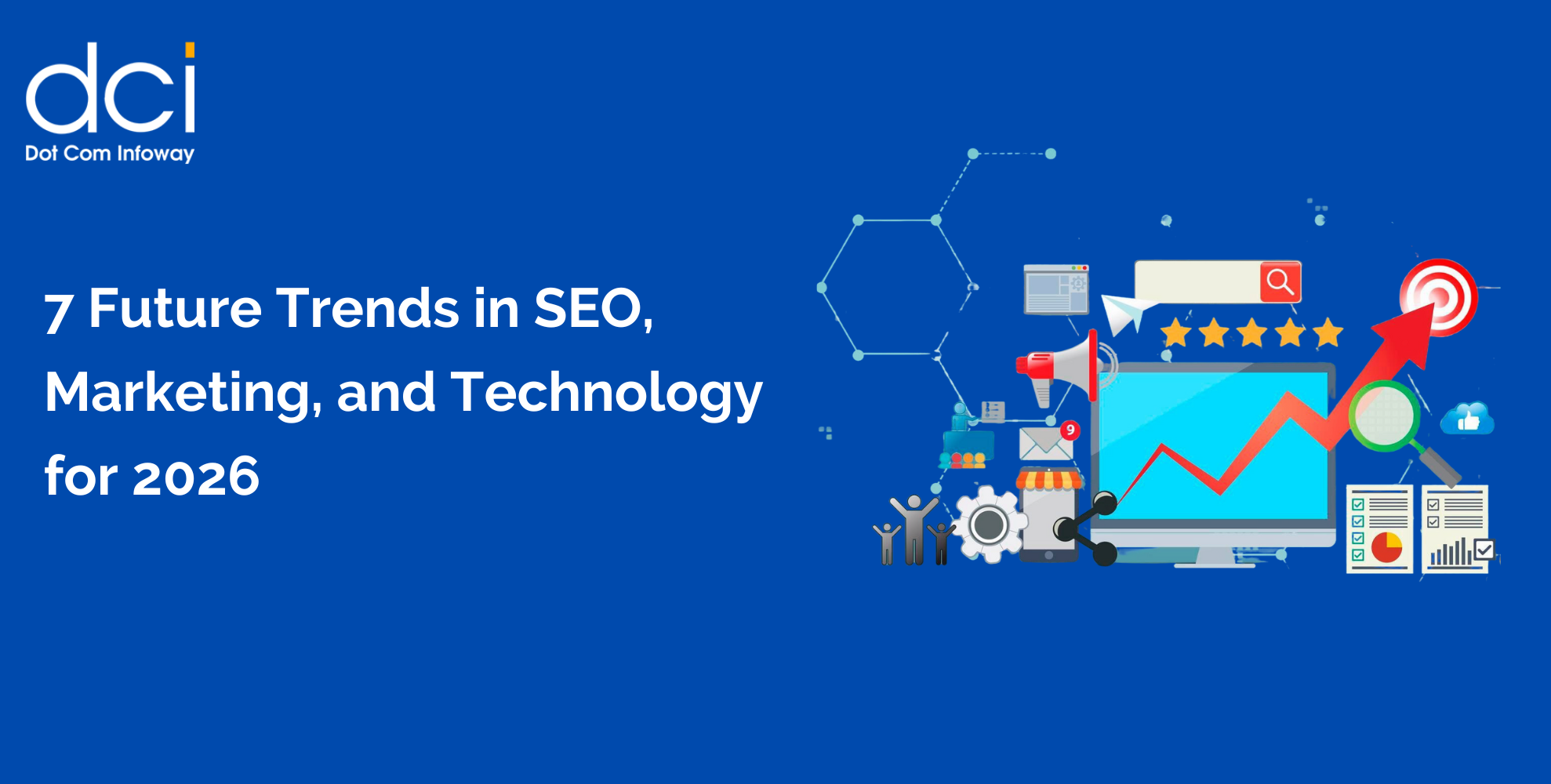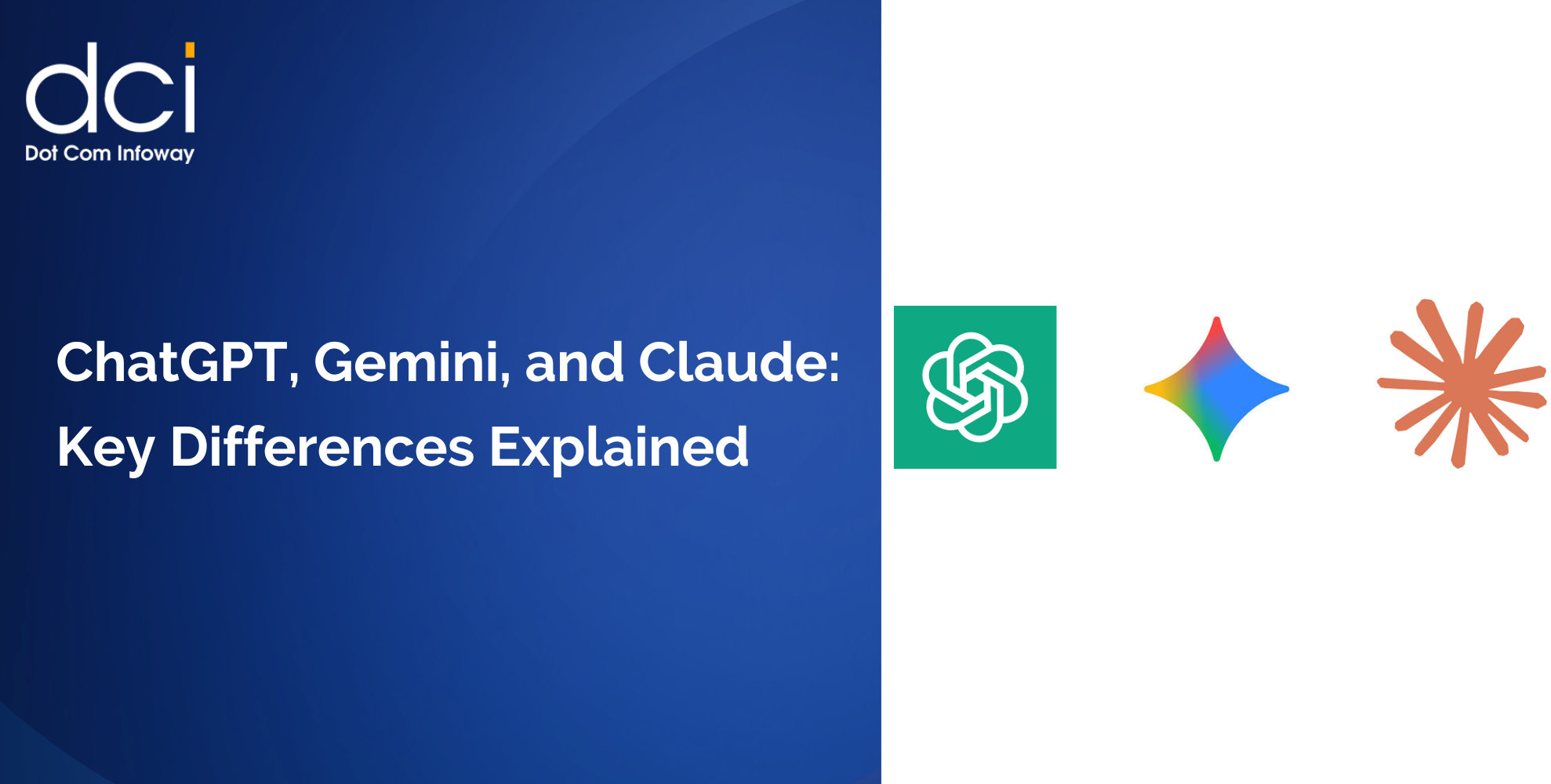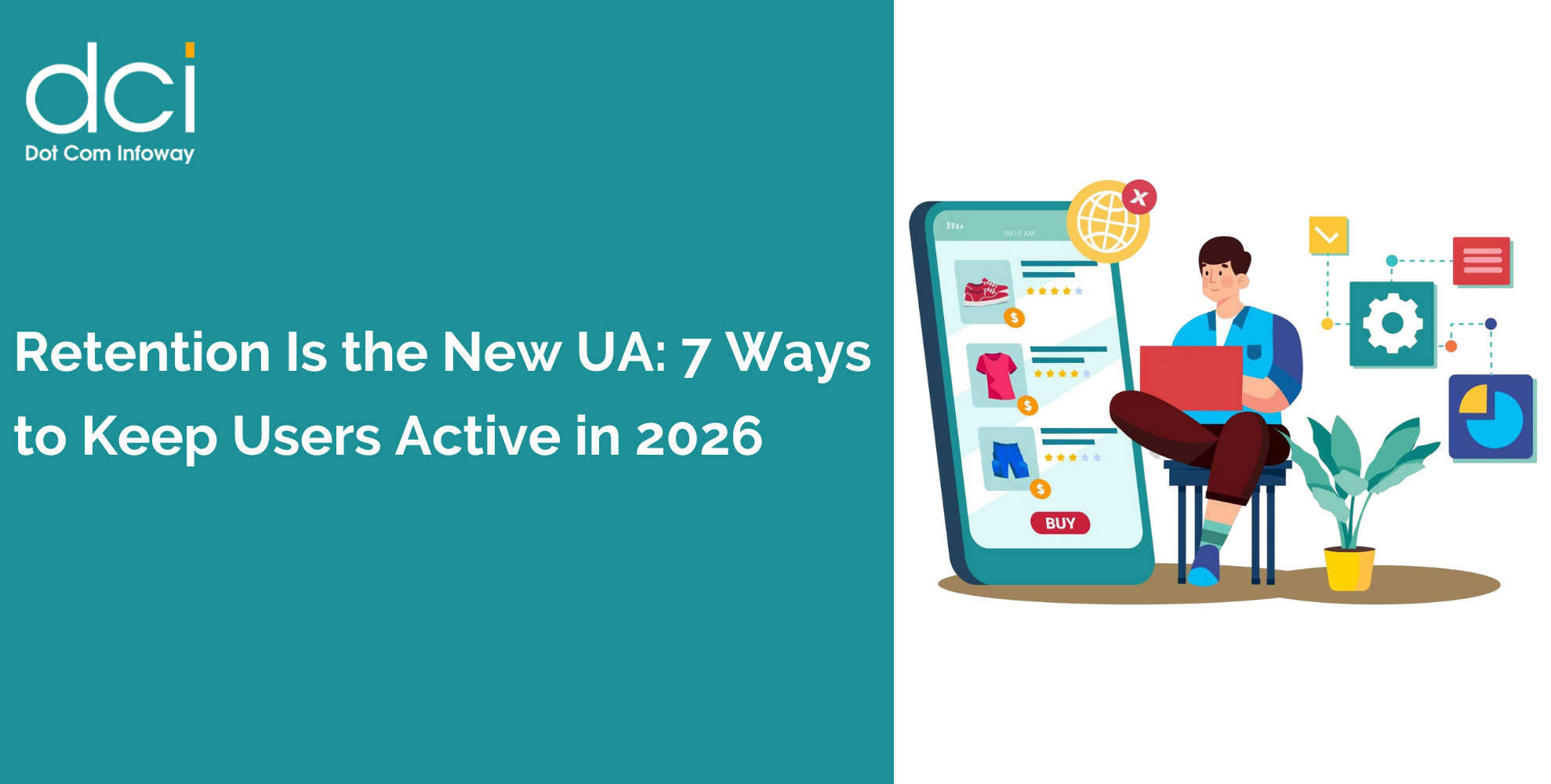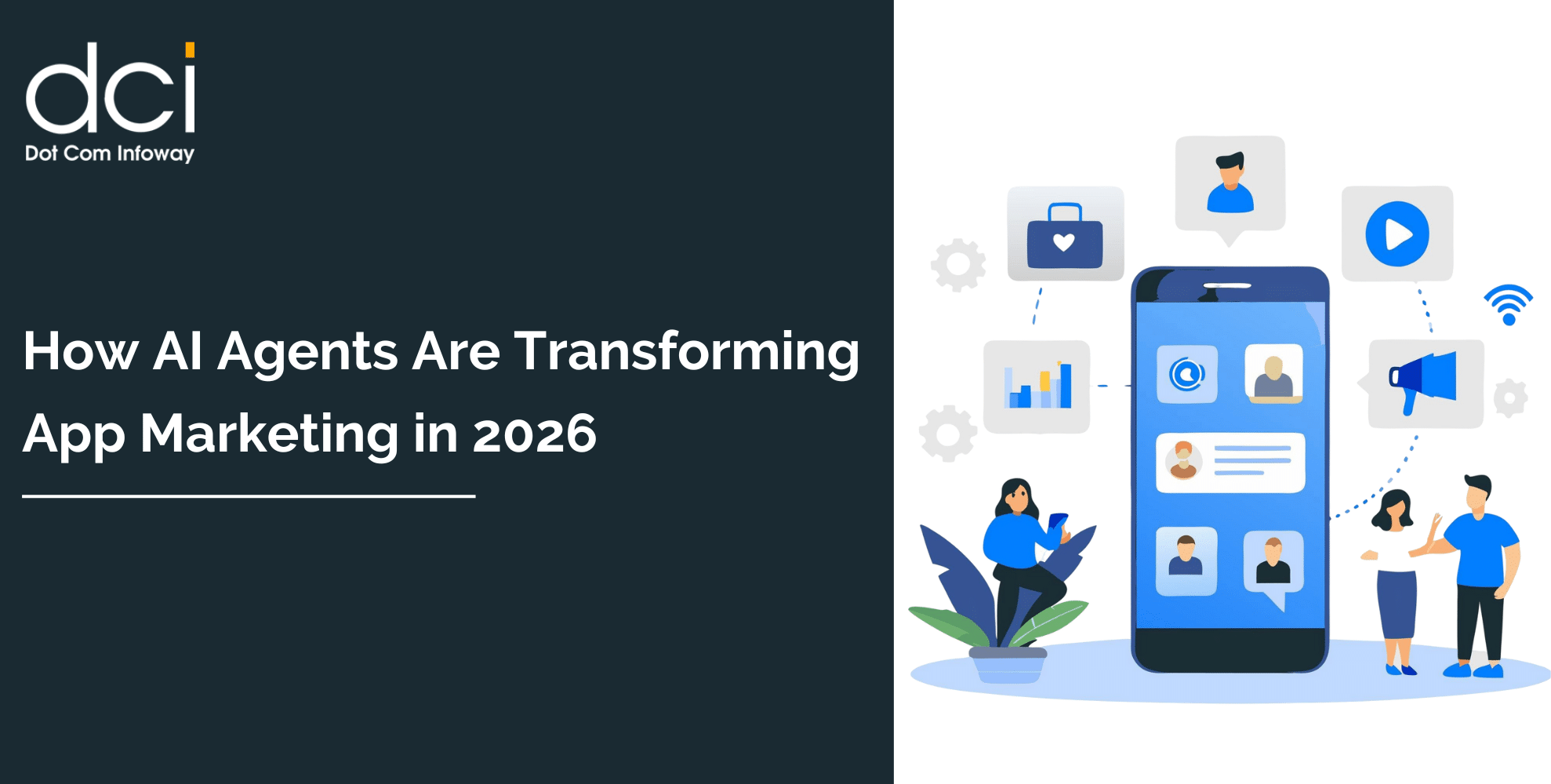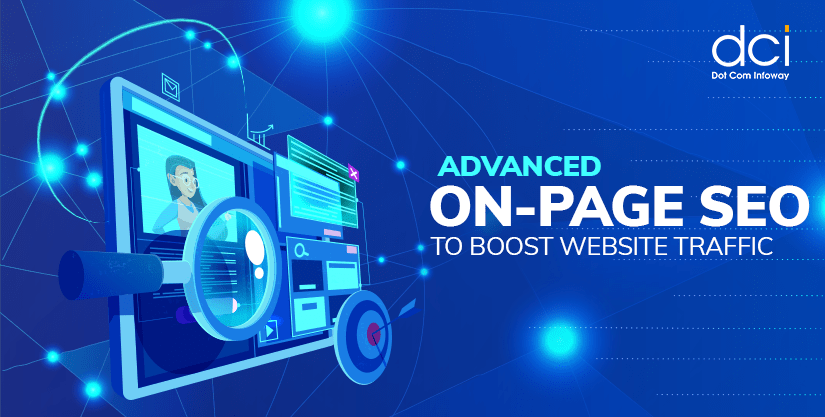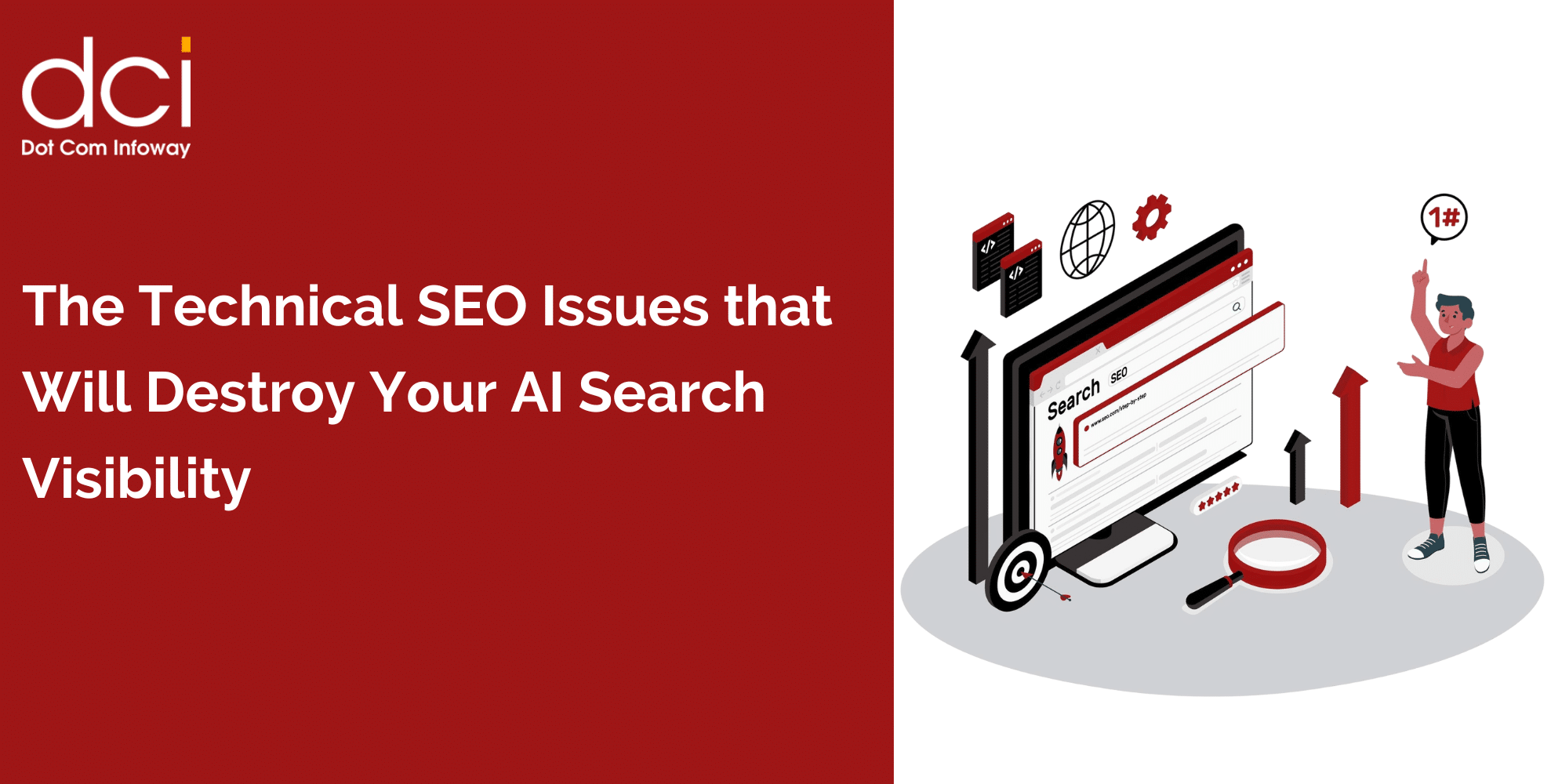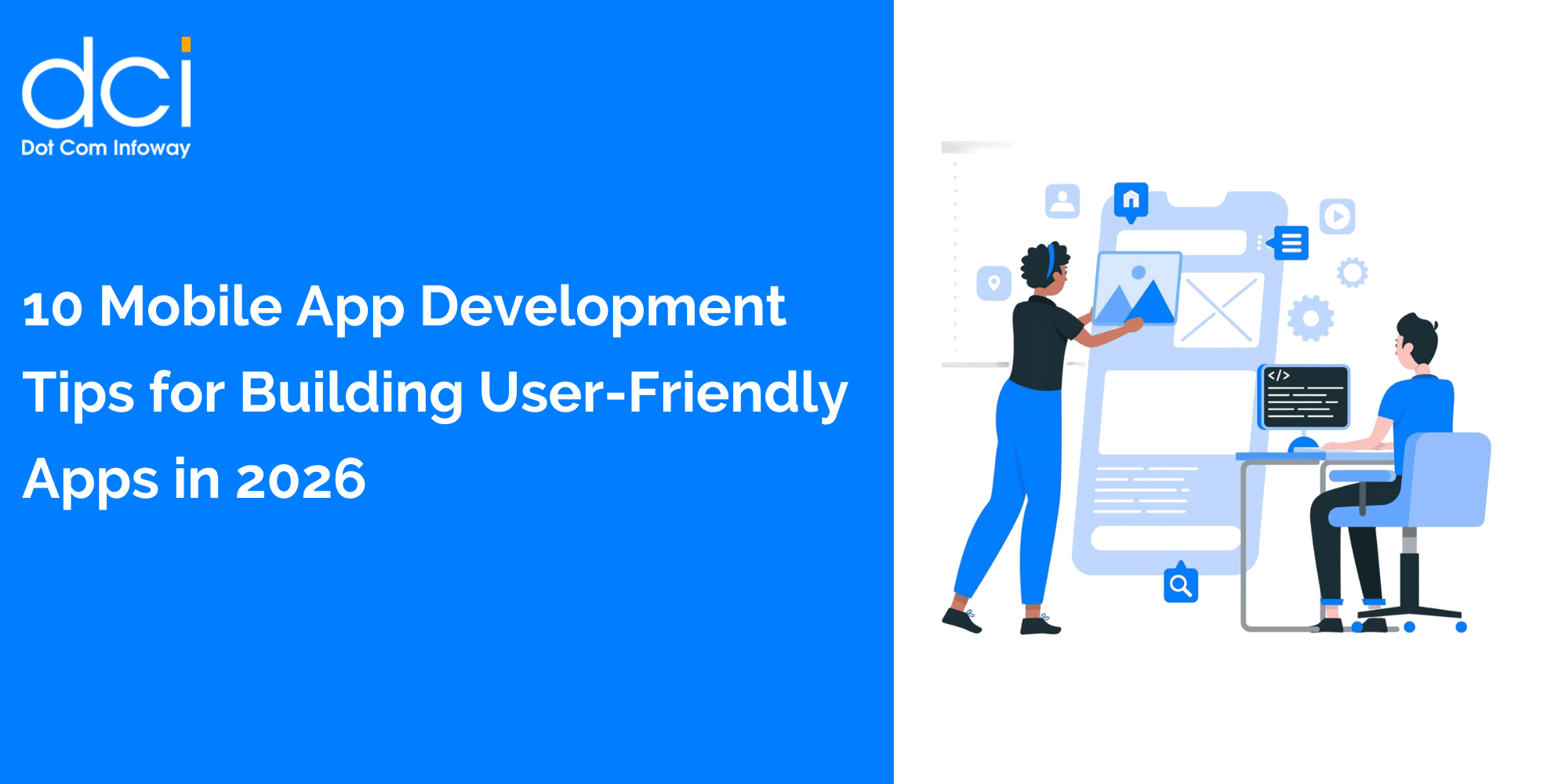Content That Educates But Never Converts
Creating valuable content is essential, but educational content alone won’t drive lead generation. Many businesses excel at attracting readers with helpful information but fail to guide them toward the next step in their buyer’s journey.
Successful businesses understand that content must serve dual purposes: ranking well in search results and moving prospects closer to a purchase decision. This becomes even more critical with generative engine optimization, where AI systems synthesize content from multiple sources to provide comprehensive answers.
“Content marketing generates over 3x as many leads as outbound marketing and costs 62% less.” – Demand Metric
The key is balancing helpful information with strategic promotion. Every piece of content should provide genuine value while subtly demonstrating your expertise and guiding readers toward engaging with your services.
Targeting Wrong Keywords for Your Business Goals
Many businesses optimize for high-volume keywords that bring traffic but not qualified leads. Ranking #1 for “digital marketing tips” might drive thousands of visitors, but “enterprise digital marketing agency” would generate far more qualified leads despite lower search volume.
This challenge intensifies with AI-driven SEO strategies, where you need to consider how different AI systems interpret and present your content. Optimizing for featured snippets and AI answers requires targeting keywords that AI systems frequently reference when responding to user queries.
Focus on keywords that indicate commercial intent:
• “Best [service] for [specific use case]”
• “[Service] pricing” or “[service] cost”
• “[Service] vs [competitor]” comparisons
• Location-based searches for local businesses
Poor Lead Nurturing and Follow-Up Systems
Generating initial interest is only half the battle. According to Marketing Donut, 80% of new leads never translate into sales, often due to inadequate follow-up processes.
Your SEO strategy might successfully attract potential customers, but without proper lead nurturing systems, these prospects disappear into the ether. This problem becomes more acute as customer research journeys become increasingly complex, with prospects visiting multiple touchpoints before making decisions.
A Reddit discussion in r/Marketing highlighted this common frustration: “We generate tons of leads from organic search, but our sales team says most of them are ‘not ready to buy.’ The disconnect between marketing and sales is killing our ROI.” – u/B2BMarketer
Not Optimizing for AI Search Engines
Traditional SEO optimization isn’t enough anymore. With the rise of ChatGPT, Gemini, Perplexity, and other AI-powered search tools, businesses need to optimize for how these systems find, interpret, and present information.
AI search engines prioritize authoritative, well-structured content that directly answers user questions. They favor content that provides clear, factual information with proper citations and logical organization.
Key strategies for AI search engine optimization:
• Structure content with clear headings and subheadings
• Provide direct answers to common questions in your industry
• Include relevant data, statistics, and expert quotes
• Optimize for voice search queries and conversational language
• Create comprehensive, authoritative content that AI systems want to reference
The Solution: Integrated Lead Generation SEO
Transforming your SEO strategy from a traffic-generation tool to a lead-generating machine requires a fundamental shift in approach. Instead of focusing solely on rankings, optimize for the complete user journey from search to conversion.
Start by auditing your current SEO efforts against lead generation metrics rather than just traffic metrics. Track which keywords and pages actually generate qualified leads, not just visits. Use this data to inform your content strategy, technical optimizations, and efforts to improve conversion rates.
Consider partnering with experienced professionals who understand both traditional SEO and modern lead generation strategies. Companies like Dot Com Infoway offer comprehensive digital marketing services that integrate SEO with conversion optimization, ensuring your organic traffic translates into actual business growth.
Remember, generating leads through SEO isn’t about choosing between rankings and conversions: it’s about creating a strategy that excels at both. When your SEO efforts align with your business objectives and customer needs, organic search becomes your most powerful lead generation channel.
The businesses winning in today’s competitive landscape aren’t just ranking well: they’re converting their organic visibility into sustainable revenue growth. Make sure your SEO strategy does the same.

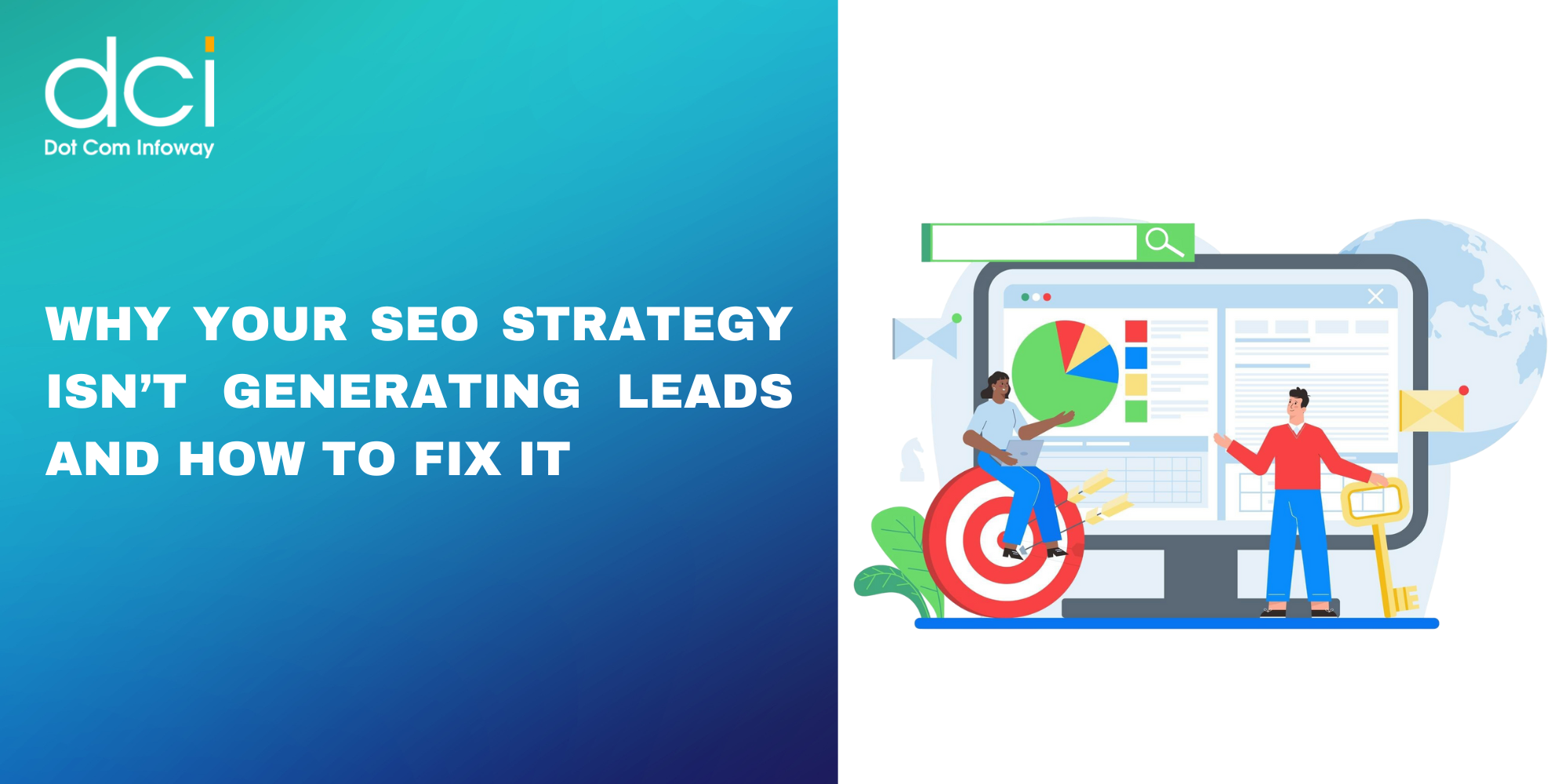

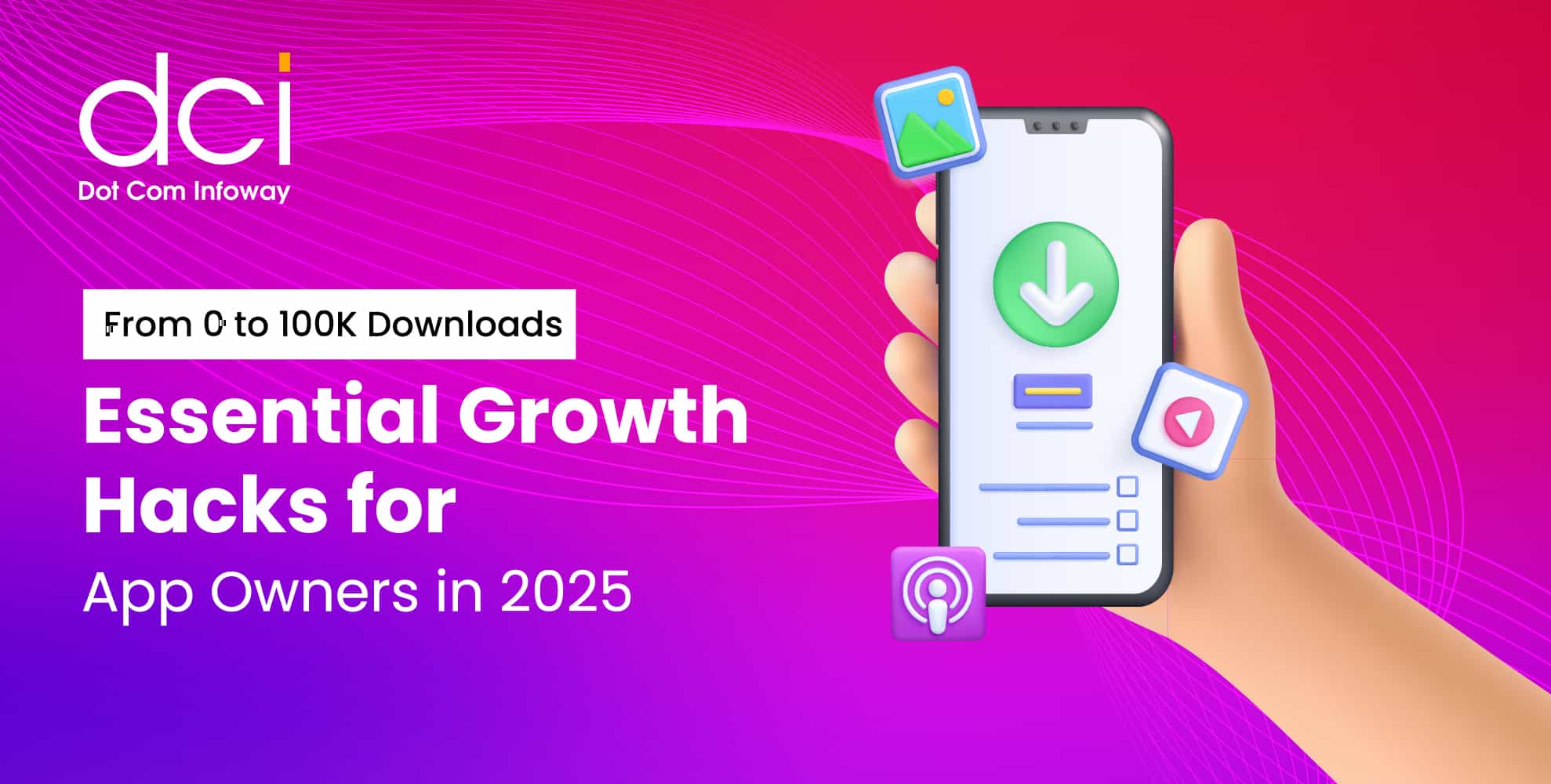

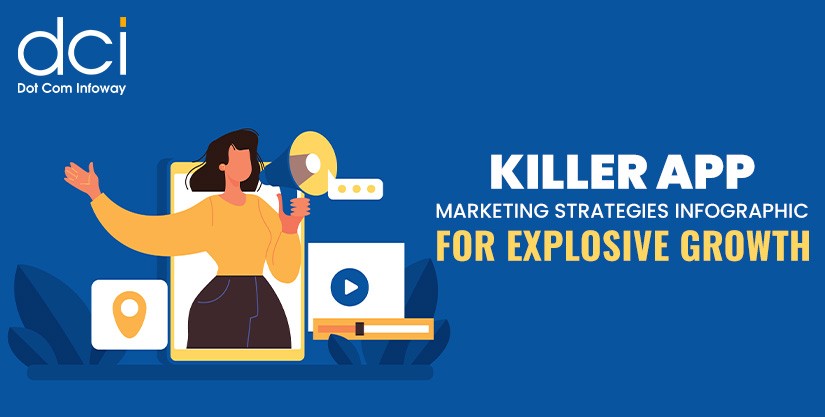

![The Game Marketing Guide: Pre and Post-Launch Strategies [Infographic]](https://www.dotcominfoway.com/wp-content/uploads/2023/09/DCI-Game-Marketing-blog-1.jpg)

